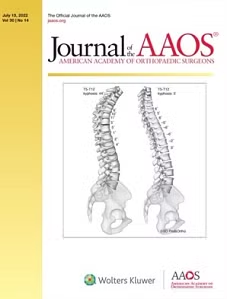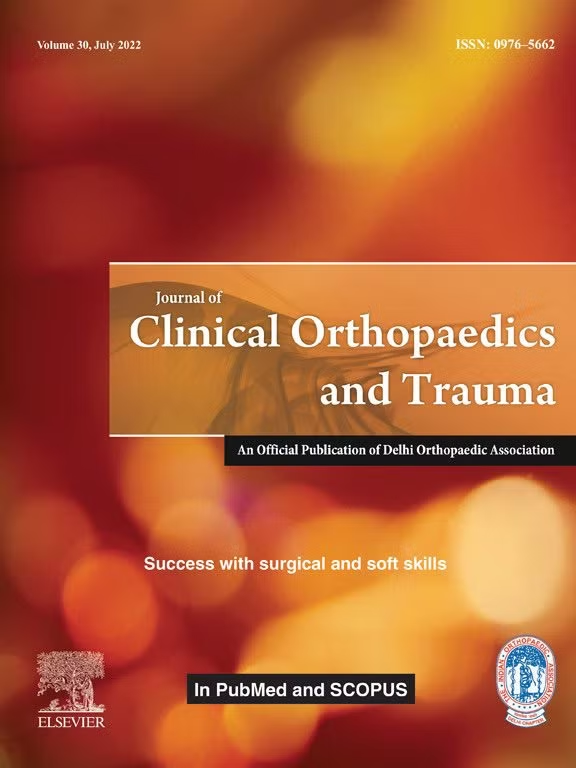
Understanding Anterior Cervical Discectomy and Fusion (ACDF): A Comprehensive Guide
The human spine is a complex structure, vital for movement and support. Yet, when something goes wrong, it can significantly impact one’s quality of life. One such issue is a problem with the cervical discs, the cushions between the bones in the neck. When non-surgical treatments fail, a procedure known as Anterior Cervical Discectomy and Fusion (ACDF) may be recommended. In this blog, we will delve into what ACDF is, why it’s done, and what to expect from the procedure.
What is Anterior Cervical Discectomy and Fusion?
Anterior Cervical Discectomy and Fusion is a type of spinal surgery. It aims to remove a damaged or herniated disc in the neck (cervical spine) and stabilize the area. The procedure is called ‘anterior’ because the surgery is done from the front (anterior) of the neck.
The ACDF Procedure: A Step-by-Step Overview
1. Incision and Access: The surgeon makes a small incision in the front of the neck.
2. Discectomy: The damaged disc is carefully removed to relieve pressure on the spinal cord or nerve roots.
3. Fusion: A graft (either from the patient’s bone or a synthetic material) is inserted in the space where the disc was. This graft helps the bones to fuse or join together over time.
4. Stabilization: In many cases, metal plates, screws, or rods are used to stabilize the spine until fusion occurs.
Why is ACDF Performed?
ACDF is typically performed for several reasons:
• Herniated Disc: When a disc protrudes and compresses the spinal cord or nerves.
• Degenerative Disc Disease: Age-related wear and tear of the discs causing pain or instability.
• Spinal Stenosis: Narrowing of the spinal canal causing pressure on the spinal cord.
• Injury: Trauma that results in a herniated disc or other structural damage.
Preparing for ACDF Surgery
Preparation is key to a successful surgery and recovery. This includes:
• Medical Evaluation: Comprehensive health check to ensure you’re fit for surgery.
• Medication Review: Adjusting medications that might affect surgery or recovery.
• Lifestyle Adjustments: Smoking cessation, as smoking can hinder bone healing.
Recovery After ACDF
Recovery varies, but here are some general guidelines:
• Hospital Stay: Usually 1-2 days.
• Pain Management: Pain is managed with medications.
• Physical Therapy: Begins soon after surgery to aid recovery.
• Activity Restrictions: Certain movements and activities may be limited for several weeks.
Risks and Complications
Like any surgery, ACDF comes with risks, such as infection, bleeding, or reactions to anesthesia. Specific risks include:
• Difficulty Swallowing: Temporary difficulty due to swelling.
• Hoarseness: Temporary change in voice.
• Nonunion: Failure of the bone to fuse properly.
The Road to Recovery
Recovery from ACDF can take several months. Most people experience significant pain relief and improved mobility. However, it’s crucial to follow your surgeon’s advice, attend follow-up appointments, and engage in physical therapy for optimal results.
ACDF is a significant surgery with a substantial impact on one’s life. It offers a solution to debilitating neck pain and neurological symptoms when other treatments have failed. Understanding the procedure, preparing adequately, and committing to post-surgery care can lead to a successful outcome and improved quality of life.
Remember, every individual is unique, and so is their recovery journey. If you are considering ACDF, discuss all aspects with your healthcare provider to make an informed decision.






